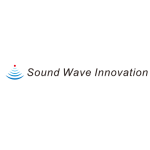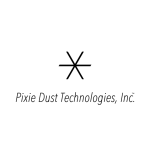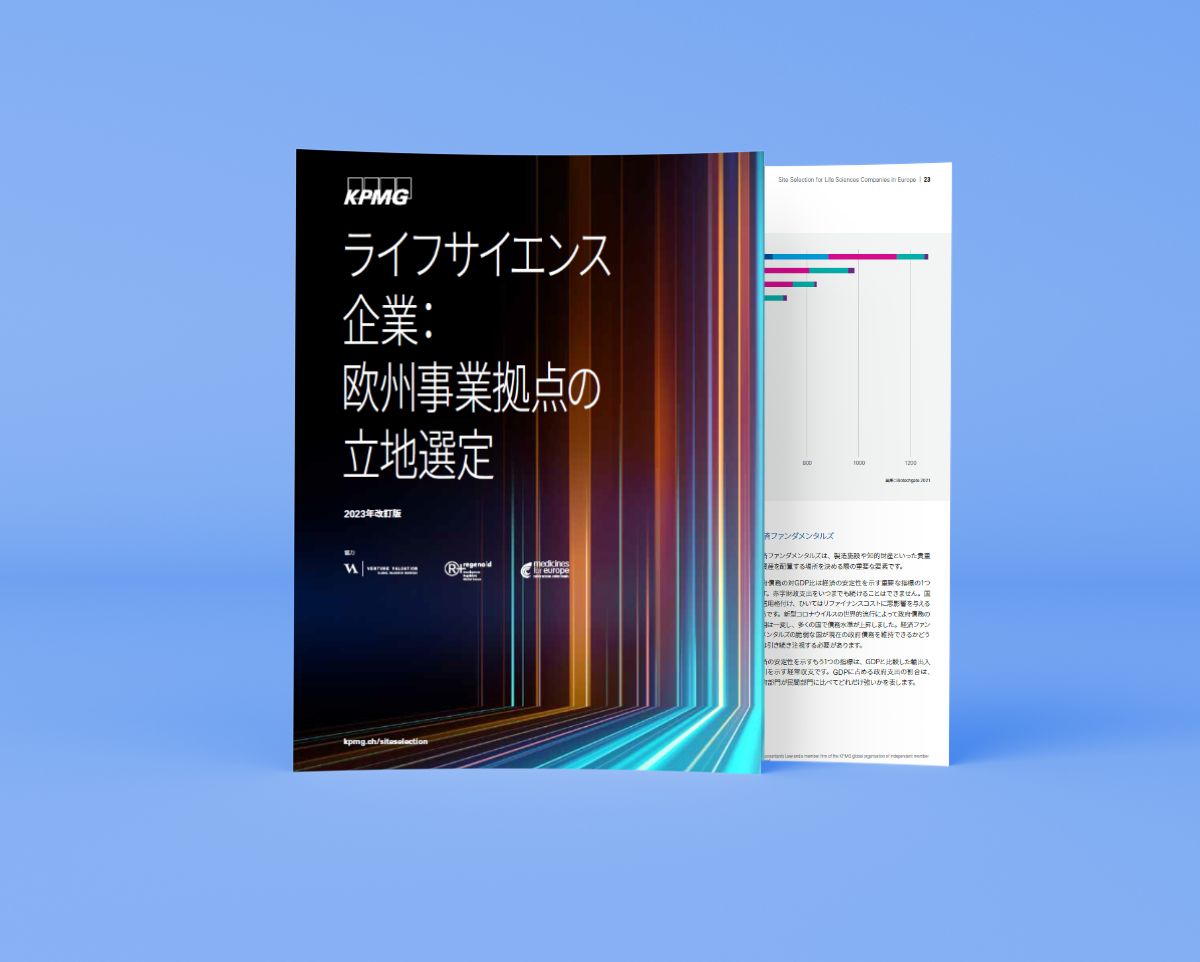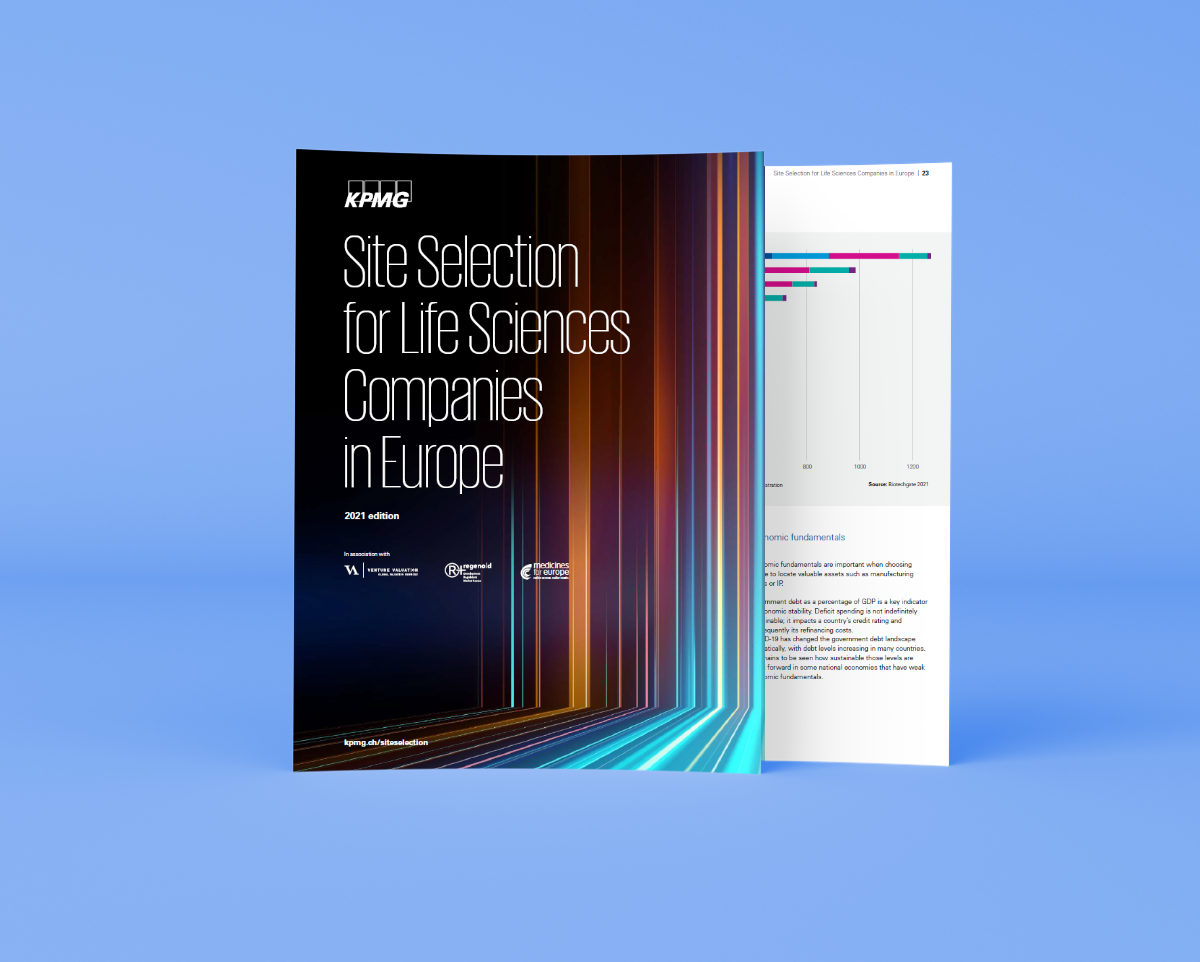Relevant soft factors to assess startup companies
Investing in early-stage companies is a risky business. Many venture capitalists have fallen victim to the consequences of a myopic attitude towards thorough risk assessments. Although the negative experiences tend to be heard first, it’s the success stories that make it all the more worthwhile. Before taking the plunge into backing a startup company, one can never underestimate the importance of conducting a careful assessment of the company’s intricacies. Only after adequate due diligence has been performed can an investor become comfortable about their investment decision. By utilizing a consistent and step-by-step approach, an investor can attempt to find important value drivers and soft factors relevant and unique to each company.
Before any company valuation or investment decision can begin, extracting and individually assessing each soft factor is a vital prerequisite. This is not without its challenges, as many hurdles need to be overcome in finding the right criteria and method which allow these soft factors to be assessed accurately.
The following points contain the assessment approach which Venture Valuation has utilized for more than 800 company valuations. Although the relevant criteria may vary slightly from sector to sector, the general soft factors of focus often include the:
- Company mission and current condition
- Management
- Market
- Product and technology
- Financing stage
1. The Company
In assessing a company, two key areas require particular attention. The first centers around the company’s actual mission and strategy and aims to determine: How does the company intend to earn money, acquire customers, and intend to position itself in the market?
The second key area of focus tries to determine the company’s current condition. Here the assessor’s focus should be on:
Does the company have the resources to achieve stated goals? Are there any gaps?
Who are the existing customers and/or partners?
How much cash does the company have to achieve these goals? (e.g. cash burn rate)
Understanding the company’s mission and current state are the initial steps that need to be determined before a detailed assessment can begin.
2. Management
The company’s management team is of course one of the most relevant success drivers within any organization. The key areas of focus are the management’s qualifications and experience, namely, does the management have all the necessary skills needed to bring a product to market?
Additional factors that must be weighted accordingly include whether adequate incentive structures for management exist or will be made available and if key management are also equity shareholders themselves in the company.
Finally, assessors should never overlook the advantages an advisory board can add to a company’s existing skills base.
3. Market
Knowing and assessing the target market is another crucial area for the success of any company in a competitive marketplace. A good model that has been utilized in the past for a comprehensive market analysis of a specific industry is the five forces approach created by Michael Porter. According to Porter, relevant market forces can be assessed and grouped into five key areas, including:
- Existing market competition
- Threat of substitutes
- Barriers of entry for new competitors
- Dependency on single suppliers
- Dependency on single customers
By being able to challenge specific areas of a company in a market, this helps in determining whether planned business scenarios are realistic. This further tests existing business plans and allows an assessor to make an informed decision about the strength of a company when compared to the existing industry.
4. Product and Technology
Assessing a company’s products or technologies are also important components of a thorough valuation. A particularly useful approach when it comes to individual product assessment is the unique selling proposition (USP). This approach aims to determine a product or service’s ability to differentiate in its market.
The method can be best demonstrated with two questions:
What’s the competitive advantage of the product?
What’s the company able to offer that competitors cannot?
Furthermore, the product or service has to match potential market demand and the pricing must be within the customer’s expectations.
In addition to the USP, the assessor should also be cautious not to overlook intellectual property, the time for the product/service to reach market, and most importantly, the future pipeline of further company products (i.e. is there more than one product/service?).
5. Financing Stage
The financing stage of a company can be a good indicator of what risk level a potential investment may pose. In most instances, younger companies share a higher risk profile than longer-established companies.
This risk, however, can disproportionally decrease as a company is successfully developed. The following table gives an overview of the traditional financing stages and the characteristics associated with these stages.
| Phase |
Characteristics |
| Seed stage |
- Existing business idea
- Business plan is in the process of development
- May be first prototype
- Foundation of company in progress
|
| Startup Stage |
- Company has been officially founded
- Management team is in place
- “Proof of concept” (does the product work?) developed
- Preparation / start of production and first customer contacts
|
| First Stage |
- Marketing most relevant product/service
- Start of production and market entry
- “Proof of market” (has the product been accepted by the market?)
- First sales, usually cash flow negative
|
| Second Stage |
- Further development of sales in home market
- Decreasing risk
- Market entry successful, reaching point of break even
|
| Later Stage |
- Diversification
- Restructuring if necessary
- Possibility for debt financing
- IPO possible within one year
|
Table 1: Classical Financing Stages and their Characteristics
To get a reliable picture of a company and the risks within, a top-down company assessment involving the above-mentioned criteria has to be completed. Of course, not all factors will be equally relevant in all situations. Certain factors may also vary from industry to industry and depending on the financing stage, some criteria may even overpower others.
Additionally, some companies may also exhibit “killer criteria” which, if not met, can outweigh any number of supposed benefits (e.g. a good management team has a product with a relevant USP available but due to a lack of patents, competition will soon overtake them). But following through on the key focus areas outlined will ensure that a balanced assessment has been performed that equally matches the risks being undertaken.
In conclusion, even though the above-mentioned assessment criteria will help to highlight the main value drivers and risk factors in any given company, one can never be short on experience when it comes to making an informed investment decision.











